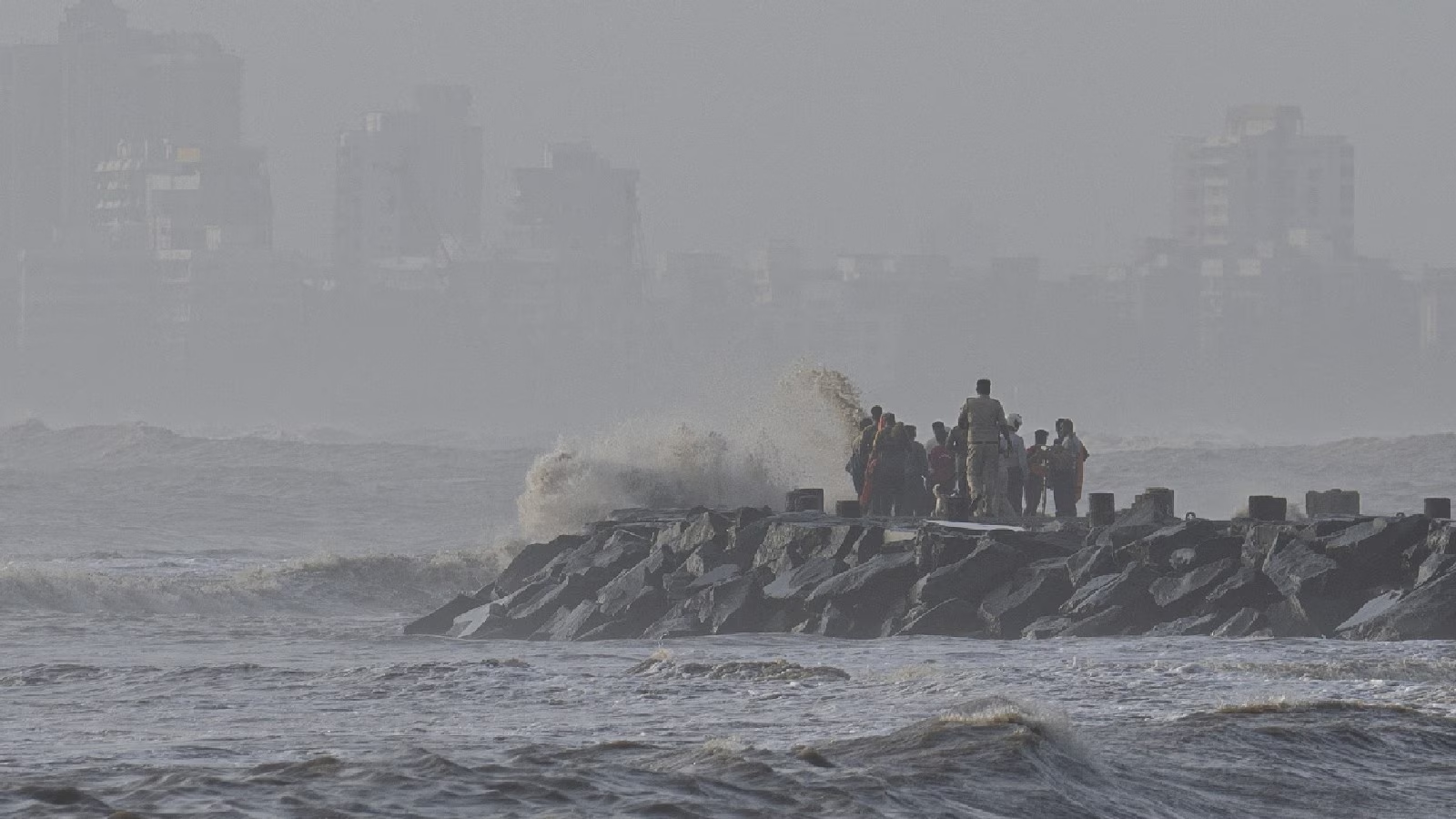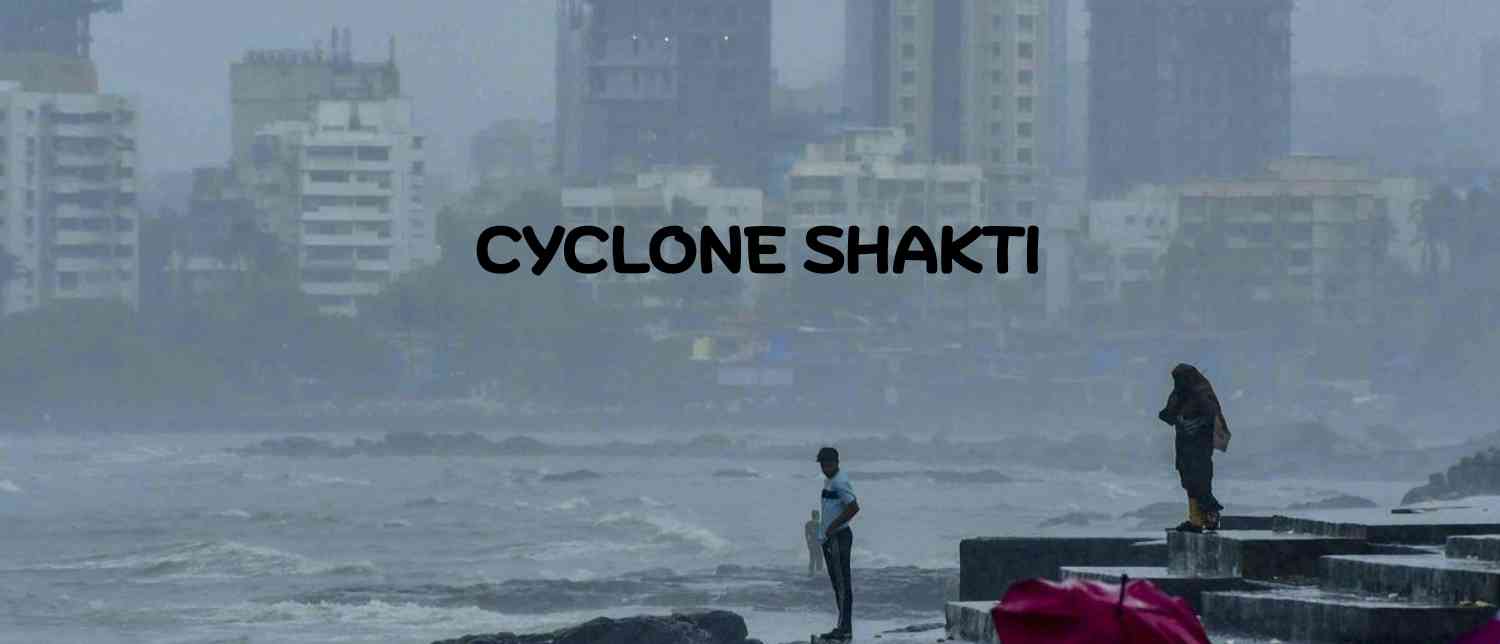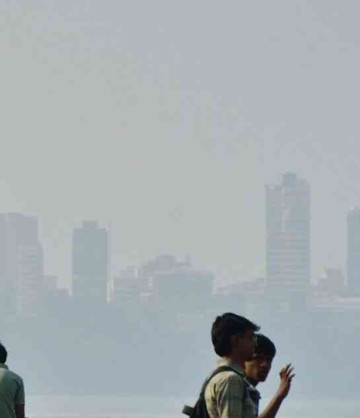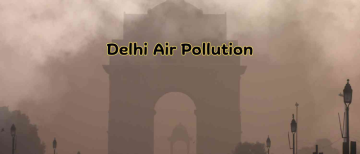The Severe Cyclonic Storm Shakti—the first post-monsoon cyclone of the season—has gripped the northwest and adjoining west-central Arabian Sea, stirring concern across western India. According to the India Meteorological Department (IMD), as of 11:30 AM IST on October 5, Cyclone Shakti was centered near latitude 20.8°N and longitude 61.0°E, roughly 210 km southeast of Ras Al Hadd and 220 km east of Masirah in Oman. The storm also lay 780 km southwest of Karachi, 850 km west-southwest of Naliya, and 850 km west of Dwarka.
The IMD confirmed that the system continues to move west-southwestwards at nearly 15 kmph. Forecasts suggest the cyclone will gradually weaken into a cyclonic storm by Monday morning and further into a depression by October 7 forenoon as it travels eastwards over the Arabian Sea.

Weather Systems Across India: Western Disturbance and Rain Alerts
While Cyclone Shakti dominates the Arabian Sea, a Western Disturbance persists over Jammu and its neighbourhood. Simultaneously, trough systems are influencing weather across Jharkhand, Odisha, Andhra Pradesh, Tamil Nadu, and Rayalaseema. Another fresh Western Disturbance is set to impact northwest India starting October 6, leading to changing weather dynamics across the region.
The IMD has also predicted heavy rainfall in Sub-Himalayan West Bengal and Sikkim, along with light to moderate rain, thunderstorms, and gusty winds (30–40 kmph) across East India in the coming days.
IMD Issues Cyclone ‘Shakti’ Warning for Maharashtra
As Cyclone Shakti brews in the Arabian Sea, the IMD has sounded a multi-day alert for Maharashtra, effective until October 7. Several coastal and interior districts have been cautioned about heavy rainfall, gusty winds, and rough seas, with advisories urging residents to stay alert.
-
High to Moderate Alerts for Coastal Districts
Coastal regions including Mumbai, Thane, Palghar, Raigad, Ratnagiri, and Sindhudurg are under high to moderate alert. Winds along northern Maharashtra’s coast have already reached 45–55 kmph, gusting up to 65 kmph, with authorities warning of possible intensification depending on the cyclone’s trajectory.
-
Fishermen Warned, Rough Seas Reported
Very rough sea conditions have been observed along the northern Maharashtra coast. Fishermen have been strictly advised not to venture into the sea, while those already offshore are urged to return immediately. Coastal communities have been warned about tidal surges and flooding in low-lying areas.
-
Heavy Rainfall in Interior Maharashtra
Interior regions such as East Vidarbha, Marathwada, and parts of North Konkan may witness heavy to very heavy rainfall. The IMD warns that dense cloud formation and moisture infiltration could trigger waterlogging, road blockages, and crop damage, severely affecting local transport and daily activities.
-
Government Activates Disaster Management Measures
The Maharashtra government has ordered district administrations to activate disaster management systems, ready evacuation shelters, and coordinate with the police, fire brigades, and NDRF. Medical services have been placed on standby, and public advisories have been broadcast across media platforms.
The severe #cyclonic #storm #Shakhti over westcentral and adjoining northwest Arabian Sea movednearly southwards with a speed of 5 kmph during last 6 hours, weakened into a #Cyclonic Storm and lay centered at 0530 hrs IST of today, the 6th October,2025 over the same region. pic.twitter.com/KAWe3Ik4mB— India Meteorological Department (@Indiametdept) October 6, 2025
Cyclone Shakti: Tracking the Storm’s Path
According to the IMD, Cyclone Shakti moved nearly westwards at 13 kmph over the past six hours as of October 4, centered about 510 km west of Dwarka. Later, by October 5, the cyclone had drifted west-southwest, positioned 220 km southeast of Ras Al Hadd and 250 km east of Masirah, Oman.
The storm is forecast to continue moving west-southwest until the morning of October 6, after which it will gradually weaken and move further away from the Maharashtra coast, reducing its potential impact on India.
How Cyclone Shakti Got Its Name — and Why It Matters
The name Shakti was contributed by Sri Lanka as part of the World Meteorological Organisation (WMO) and UN Economic and Social Commission for Asia and the Pacific (ESCAP) regional naming system. The panel includes 13 member countries bordering the Bay of Bengal and the Arabian Sea, each suggesting names from pre-approved lists.
As the Regional Specialised Meteorological Centre (RSMC) for tropical cyclones in the North Indian Ocean, the IMD is responsible for naming storms officially. Naming cyclones, the IMD explains, “ensures quick identification, better communication, and efficient coordination during emergencies.”
Experts note that naming is more than symbolic—it helps the media and authorities communicate warnings clearly and allows citizens to track storms more effectively. In this case, Cyclone Shakti not only represents regional collaboration but also serves as a clear signal for preparedness.
Impact Across States: Maharashtra, Gujarat, and Tamil Nadu Brace for Weather Changes
-
Maharashtra on High Alert
The Maharashtra government has placed several coastal and interior districts on moderate to high alert. Squally winds of 45–65 kmph, rough seas, and heavy rainfall are anticipated. State officials have urged residents to stay indoors, avoid non-essential travel, and prepare emergency supplies.
Evacuation plans are underway for low-lying areas, and disaster management teams are on standby. Fishermen have been advised against venturing into the Arabian Sea until October 8.
-
Gujarat Monitors Coastal Conditions
In Gujarat, the IMD Ahmedabad office confirmed that the cyclone, though initially moving westward, is likely to recurve east-northeastward from October 6, with possible rainfall in Dwarka, Jamnagar, Porbandar, Surat, Navsari, Valsad, Daman, and Dadra Nagar Haveli by October 8.
IMD scientist Abhimanyu Chauhan assured citizens that “there is no need to panic as the impact on Gujarat will be minimal.”
-
Heavy Rainfall Warning for Tamil Nadu
Meanwhile, the IMD has issued alerts for 12 Tamil Nadu districts, including Chennai, Chengalpattu, Kanchipuram, Villupuram, Ranipet, and Vellore. Cyclone Shakti, moving northwest at around 8 km/h, may not make landfall in Tamil Nadu but could still bring squally conditions and heavy showers along coastal areas.
Authorities have urged fishermen and coastal residents to exercise caution, as minor to moderate rainfall with heavier spells is possible in parts of Chennai.
- Warnings for East and North India: Orange Alerts Issued
The IMD has issued orange alerts for Bihar and Jammu & Kashmir, warning of thunderstorms, lightning, gusty winds, and moderate rainfall. In Bihar, districts such as Bhagalpur, Begusarai, Purnea, Katihar, and Darbhanga are expected to experience heavy showers, while Bandipora, Baramulla, Budgam, and Srinagar in Jammu & Kashmir are also under weather advisories.
In addition, Sub-Himalayan West Bengal and Sikkim are likely to receive heavy rainfall, with light to moderate thunderstorms continuing across East India.
#WATCH | Morning visuals from the Marine Drive in Mumbai as people go about their day.
IMD forecasts that Mumbai will experience scattered light rain until October 8 as Cyclone Shakti is expected to reach the northwestern and central parts of the Arabian Sea, impacting the… pic.twitter.com/xNeWnHwVTN— ANI (@ANI) October 5, 2025
Cyclone Shakti Weakens Over Arabian Sea
By October 6 morning, the IMD reported that Cyclone Shakti had weakened from a ‘severe cyclonic storm’ to a cyclonic storm. As of 5:30 AM, it was centered near latitude 19.6°N and longitude 60.4°E, moving southwards at 5 kmph. The storm is expected to weaken into a depression by October 7 morning, marking its gradual dissipation.
Despite its weakening trend, the Brihanmumbai Municipal Corporation (BMC) has issued a tidal forecast for Mumbai, warning of high tides up to 4.5 meters due to the cyclone’s influence. Citizens have been advised to stay away from beaches and waterfronts.
IMD Clarifies: No Major Threat to Maharashtra Coast
IMD scientist Sushma Nair stated on Saturday that “there is no threat of cyclone to the Maharashtra coast,” though mild to moderate rainfall will persist across Mumbai and surrounding districts this week.
Further, the IMD emphasized that the cyclone is moving steadily away from Indian shores. As of Sunday, it was traveling at 15 kmph west-southwest, located near latitude 21.5°N and longitude 63.0°E, roughly 340 km east-southeast of Ras Al Hadd, Oman.
Rough Seas Along Gujarat, Maharashtra, and Pakistan Coasts
The IMD has also warned of rough to very rough sea conditions along and off the Gujarat–north Maharashtra–Pakistan coasts until Sunday. Mariners have been advised to exercise extreme caution, and fishing activity has been completely suspended in affected waters.
Broader Weather Impacts: Western Disturbances and Rainfall Across India
While Cyclone Shakti dominates headlines, multiple weather systems are influencing India’s climate this week. A Western Disturbance persists over Jammu and Kashmir, while another is set to affect northwest India from October 6. The IMD forecasts light to moderate rain across eastern and northeastern India, with gusty winds up to 40 kmph in isolated pockets.
VIDEO | Heavy rainfall leads to a rise in water levels in West Bengal’s West Midnapore, prompting a partial release from the Anicut Dam amid ongoing repair work.
(Full video available on PTI Videos – https://t.co/n147TvrpG7) pic.twitter.com/fNtnpkiEwT— Press Trust of India (@PTI_News) October 5, 2025
Union Minister Calls for Study on Frequent Landslides
Amid ongoing weather disturbances, Union Minister Sukanta Majumdar expressed concern over recurring landslides during festivals. “It’s very sad that when people gather to celebrate festivals, such incidents occur,” he said, urging the state government to “hold a meeting with experts to determine why such landslides happen frequently and how to prevent them.”
Cyclone Shakti Weakens, But Preparedness Remains Key
As Cyclone Shakti drifts westward and begins to weaken over the Arabian Sea, its wide-ranging impact—from Maharashtra’s coastal alerts to Bihar’s rain warnings—underscores the interconnected nature of regional weather systems.
While the IMD has clarified that the cyclone poses no major threat to India’s west coast, its formation serves as a crucial reminder of disaster preparedness, timely communication, and coastal vigilance.
The name Shakti, symbolizing strength, stands as both a meteorological marker and a message of resilience—for communities, authorities, and citizens united in weathering nature’s storms together.
With inputs from agencies
Image Source: Multiple agencies
© Copyright 2025. All Rights Reserved. Powered by Vygr Media.



















